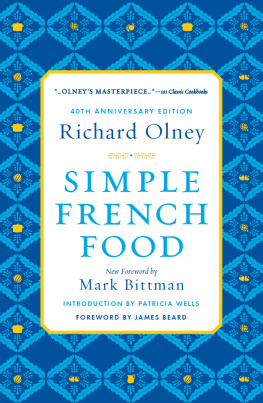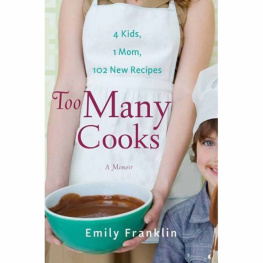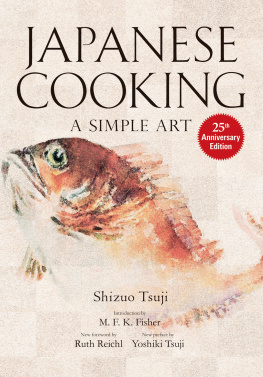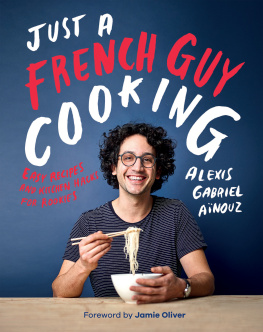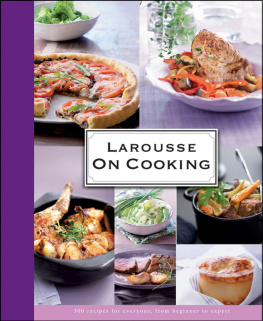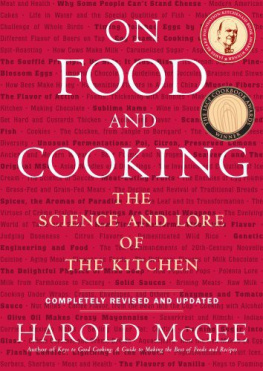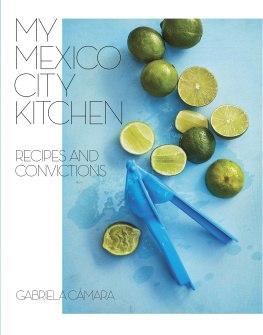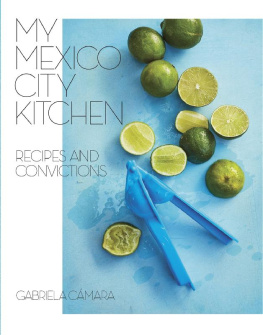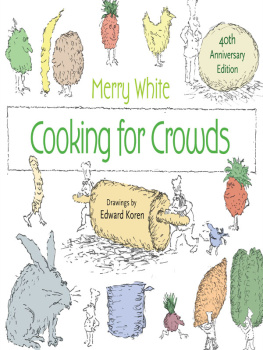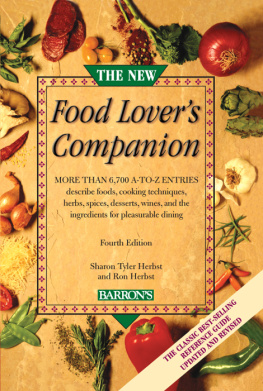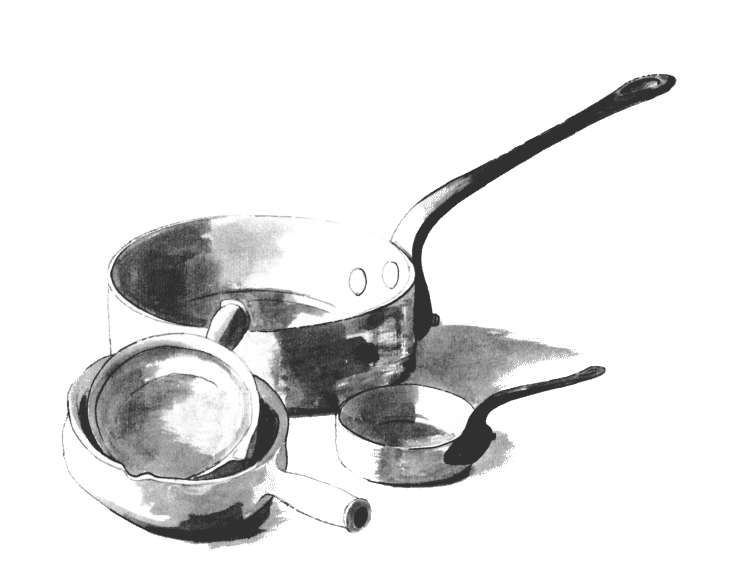books by richard olney
The French Menu Cookbook
Yquem
Ten Vineyard Lunches
Earthenware polons and copper plats sauter
Richard Olney
Simple
French
Food
new Foreword by mark bittman
Foreword by James Beard
Introduction by Patricia Wells
Drawings by Richard Olney
Houghton Mifflin Harcourt
BostonNew York2014
Copyright 1974 by Richard Olney
Foreword Copyright 2014 by Double B Publishing
Foreword Copyright 1992 by James Beard
Introduction Copyright 1992 by Patricia Wells
All rights reserved
For information about permission to reproduce selections from this book, write to Permissions, Houghton Mifflin Harcourt Publishing Company, 215 Park Avenue South, New York, New York 10003.
www.hmhco.com
Library of Congress Cataloging-in-Publication Data:
Olney, Richard.
Simple French food/Richard Olney; introduction by Patricia Wells; foreword by James Beard; drawings by Richard Olney.1st collier books ed.
p. cm.
Includes index
isbn 978-0-544-24220-3
isbn 978-0-544-24539-6 (ebk)
1. Cookery, French. 2. Cookery, FrenchProvenal style. I. Title. tx 719.046 1992 91-33748 cip
641.5944dc20
Book design by Greta D. Sibley
v1.0514
For my sister,
Frances Miller
New Foreword
by Mark Bittman
Richard Olney may not have achieved the fame of his contemporaries Julia Child or James Beard, but among home cooks his lasting influence has been equal if not more important. Although Child has legendary status, she stressed a kind of to-the-letter authenticity, a kind of correctness that seems dated, staid, and unnecessarily fussy. Beard, a more fluid and natural cook and teacher, became a chefs chef, a food writer for an audience of professionals.
Olney was a food lover, an amateur in the true sense of the word. You can see this everywhere in Simple French Food, which now celebrates its 40 th anniversary and remains... important, if you want to see into the mind of a smart, inventive home cook who had access to fine ingredients, as so many of us do now but did not then; valuable, especially if you want to learn the basics of French regional cooking and what it means to improvise once you begin to understand the ingredients; and incomparable, because, oddly enough, there are far fewer good primers in the world of French cooking than there are in Italian, or even Chinese.
If you want to learn your way around the French kitchen, Richard Olney is probably the best English-speaking guide there has ever been.
You can point, of course, to the mostly French-oriented Time-Life Good Cook series, of which he edited all 27 volumes. But Simple French Food is more concise, useful, and lovable than any of those books; its a desert-island book, and the best part of it is that its about as untechnical as a primer can be. Its a collection of both traditional and innovative recipes that demonstrate fantastic kitchen sense and literate writingsometimes at great lengthall by an experienced cook.
Above all, Simple French Food was influential. Olneys special love for southern French food, for Mediterranean French food (which is in fact quite Italian), had a bigger impact on the development of California cuisinethat is, simple, ingredient- (rather than technique-) based cookingthan any book of its time. Among my friends and acquaintances, all of the serious home cooks of the 1970s who learned from books were fans of Olney. He was soulful, passionate, artistic, and literate. No one else had those qualities in that combination.
Theres an argument to be made that the best cooks have the best palates, and that everything grows from there. With the exception of overblown preparations and complicated baking, cooking technique is almost absurdly simple, especially compared to the fuss thats made around it. Once you know how to cook, what matters is being able to judge whats going to be most pleasing in the mouth. A cook with a good palate can envision what food will taste like long before testing it. Olney could do that, and he had his priorities straight. The important thing, he famously said, is that the food taste good. What more do you want?
Olney had zero formal training. He was born in Marathon, Iowa, a speck of a town he couldnt leave fast enough. In New York, he waited on tables in Greenwich Village, and then, before his 25 th birthday, he bought a house in a town in Provence called Sollis-Toucas, where he spent most of the rest of his life. I did not know him, and one never knows how strangers acquire their gifts, but Olney developed several, and the ability to judge whether food tasted good was but one of them. He had trained as a painter, but somehow developed a clear, enormously appealing writing style. In fact theres an argument to be made that he was the first recipe writer to actually care about language, and as you can see from leafing through this book, many recipes are described lovingly not as step-by-steps to be followed slavishly but as guidelines for assemblies to be tackled according to availability guided by your experience and judgmentand his.
He was also known for a lack of pretense; while he loved haute cuisine and all that went with it, he appreciated down-to-earth food just as much. And then there was his candor, which perhaps didnt serve him well; Olney was not universally loved.
Yet he was in love with his Provenal hillside, and evidently everyone who visited it, especially in its heyday from the late 1960s through the early 1980s, understood that love and wound up sharing it. Thus his simple French lifestyle was absorbed by his fellow Americans, including Alice Waters, who has called Olneys way of cooking the truth.
For cooks looking for the truth, the real way to understand cooking and good eating, Olney is as good a source as there is. Its a fact that you wont learn Indian or Mexican cooking from him, but youll learn what matters the most: that taking fresh, local, seasonal ingredients and treating them simply is the best way to prepare and enjoy food. Thats a lesson that speaks to every cuisine.
It sounds so corny now, doesnt it? Yet before Olney no American was saying things like this. (Elizabeth David and her British cohorts were, but their influence on this side of the Atlantic was sadly limited.) He was among our first locavores, althoughoddly enoughhis locality was abroad.
There were some inconsistencies. You may no doubtas I havestub your toe on the recipes in Simple French Food that are anything but simple. My advice is to set these projects aside for a rainy day, or perhaps for never, and concentrate on the vast majority of recipes that can be cooked and enjoyed on any given day when you have access to good ingredients. Whats perhaps most astonishing is that some of Olneys most basic lessons remain creative, vibrant, and little known: his ways with cream, for example, and his combination of that resurgent ingredient with lemon; his salting of vegetables, and his still-exciting turnip omelet; and of course his genius with fish: along with Beard, he was among the first Americans who instructed us

